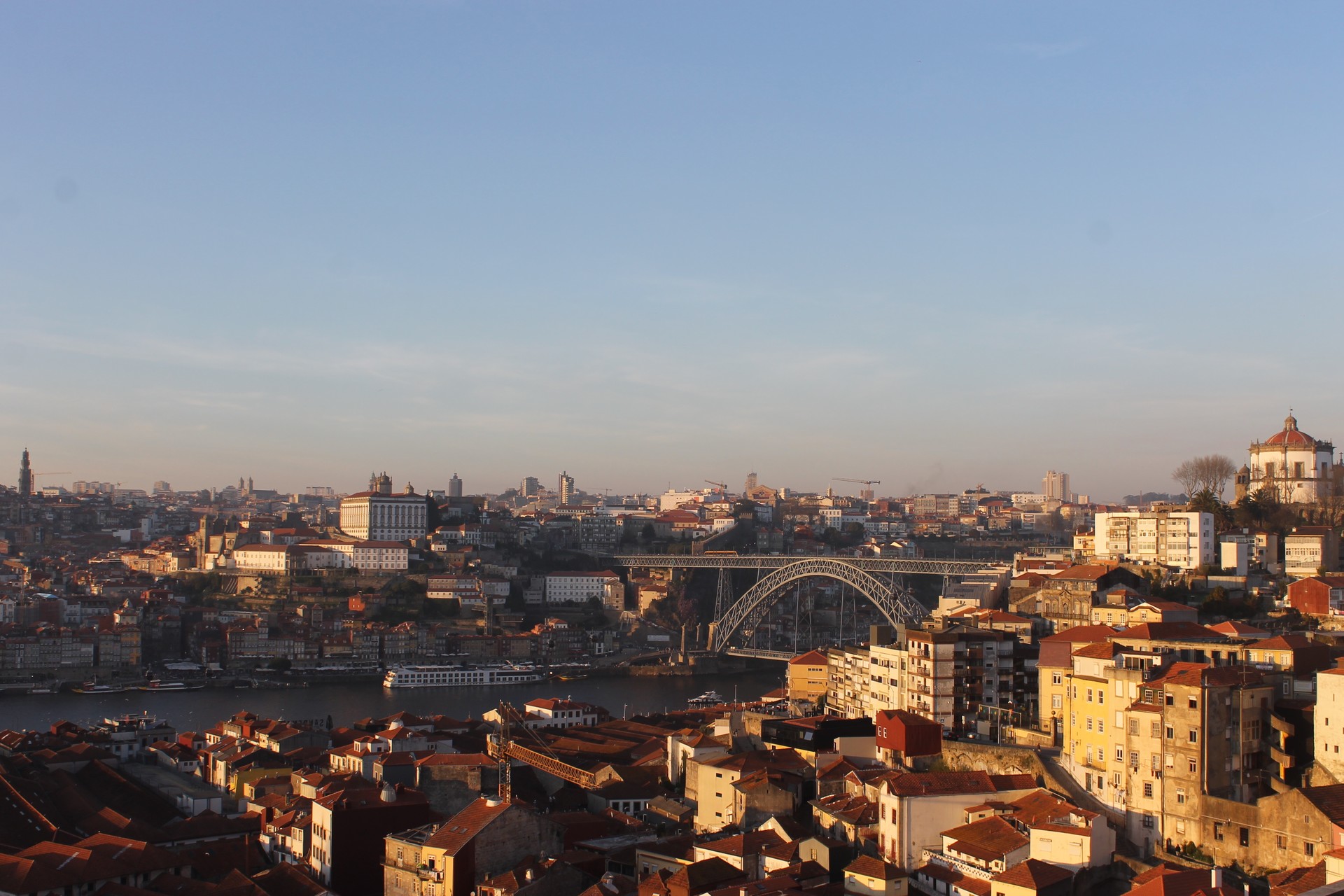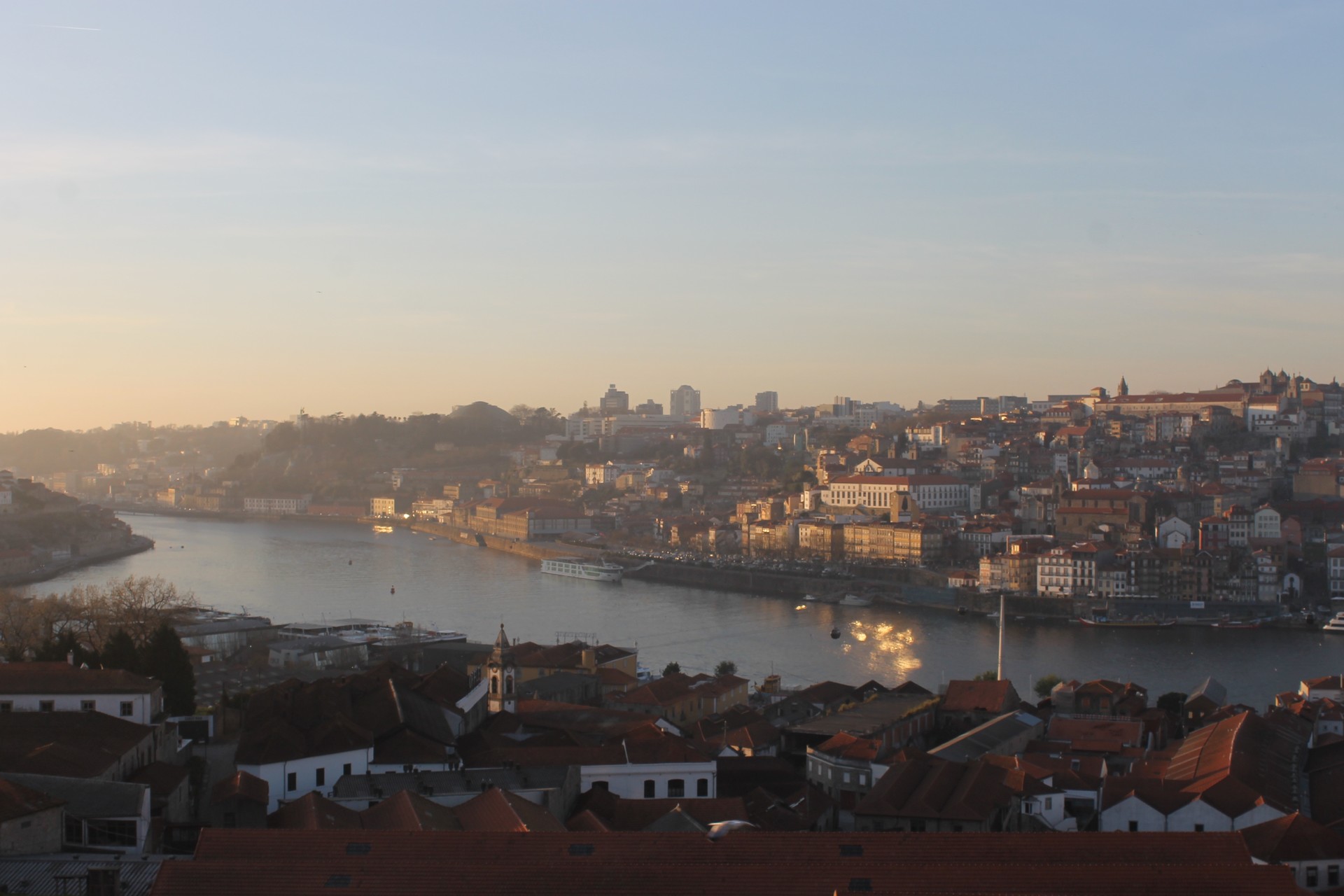The History of Oporto
The history of Porto dates back thousands of years to the eighth century B.C. when the first inhabitants chose to remain in this area due to vicinity of the Douro River. The river itself was an important source of food both directly through fishing and because the fertility of the surrounding land made it easy to grow crops. This ancient settle ment had many trade connections to the Mediterranean Basin.
The Romans conquered the Iberian Peninsula including what is now the territory of Portugal between the second and the first centuries B.C. Under the Romans, substantial buildings were built and ‘Portus Cale’ as it was known, became an important town on the trading route between Braga and Lisbon. The name of modern day Portugal stems from the Roman name for the town.
During the fourth and fifth centuries A.D. the Roman Empire was invaded by Germanic tribes, including the Vandals and the Suevos who settled in Porto. The Suevos founded a Christian kingdom in the fifth century. Braga was the capital of this kingdom. In the sixth century, the Visigoths, another one of the Germanic tribes from northern Europe, migrated to the kingdom of Suevos and gradually began to dominate. A number of coins found in Porto dating from the Visigothic period contain the lettering ‘Portucale’.
The invasion of the Iberian Peninsula by the Moors in the early eighth century forced the Visigoths back towards the north of Spain, where they formed a small Christian kingdom. Porto was almost completely abandoned during this period, and fell into decay as a border town of the Moorish empire.
The reconquest took place in 868, when an army of medieval knights led by the Count Vimara Peres, sailed up the river Douro. During this period the city walls were rebuilt and Porto became an important town again and at this point its name Portucale became the name of a large area that extended from the river Douro to the river Minho which now forms the northern border of present day Portugal.
Around 1000, Porto was invaded successively by the Vikings and the Arabs and only recovered from these violent invasions in the twelfth century, during the foundation of Portugal. Porto gradually became an important commercial centre and ships from the whole of Europe sailed up the Douro river. The city grew quickly during this period and by the middle of the fourteenth century the city limits were so large that it was necessary to build a new line of walls that were finished in 1370 during the reign of King Fernando I.
Around 1415 a naval base was built in Porto and ships set sail towards North Africa, starting the famous Portuguese period of exploration and conquest. Henry the Navigator was born in Porto in 1394. He was the son of Queen Philippa of Lancaster and King Joao I who had married in Porto several years earlier. This was the start of a successful political alliance between Portugal and England. Henry is regarded as the patron of Portuguese exploration, and explored in particular the north coast of Africa and, under his direction, the North Atlantic. He set sail in 1415 to explore the western coast of Africa. And it is from there that in 1419 and 1427 the islands of Madeira and Azores were discovered.
Thanks to the River Douro, Portugal was able to evolve in different commercial directions. Thermal resorts were established and more importantly the vineyards were able to be fertilized and watered consequently creating one of the best wines of the world and turning Porto into a prominent and important city of Europe.

However it was from the fifteenth century that Porto became the center of Portuguese commercial exchange. It began exporting goods such as dried fruits and olives. However the biggest boost in commercial ties was initiated by the Port Wine industry. Vila Nova de Gaia, on the southern end of the Douro River is the area rich in vineyards and wine lodges. From then on, Porto established strong international relations with its exportation of wine. By the eighteenth century, Porto was exporting its wine with boats called “Barcos Rebelos”, a way in which they transported the barrels of wine down the Douro river. In 1707, England and Portugal signed a treaty establishing commercial relations, and in 1717 Port Wine was exported over to England.

The Sixteenth century in Porto was a period of urban growth, as many beautiful streets and roads began to be built such as Rua das Flores. Many houses were reconstructed and redecorated making the city a more elegant and colorful place. The architectural growth however peaked between the Seventeenth and the Eighteenth centuries with the building of the Igreja dos Clérigos and Torre dos Clérigos.
The Nineteenth and Twentieth centuries were periods of historical and political conflict for Porto and Portugal. No only did the French troops invaded the city in 1809 but in 1891 the Republicans led a revolt in the city, which was a turning point for the county as this created the Portuguese Republic in 1910.
Considering Porto is not a capital city it is of very high importance to the country; mostly due to its commercial activities but also from its modernization on a urban, architectural and religious scale. Porto is the second largest city in Portugal is terms of size.

Photo gallery
Content available in other languages
- Polski: Historia Porto
- Español: La historia de Oporto
Want to have your own Erasmus blog?
If you are experiencing living abroad, you're an avid traveller or want to promote the city where you live... create your own blog and share your adventures!
I want to create my Erasmus blog! →



















Comments (0 comments)